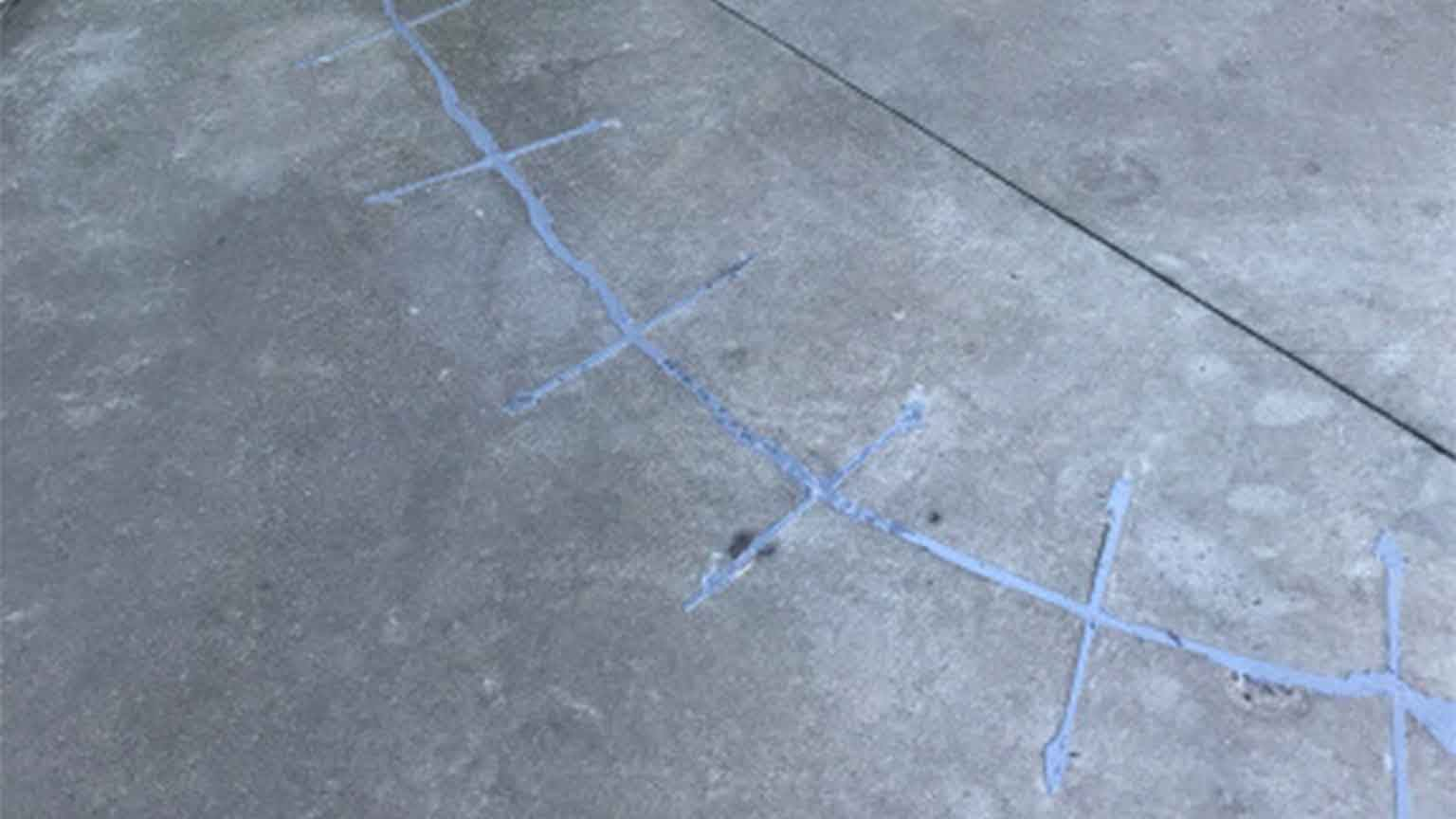Expert Solutions for Every Concern
’58 Strong Carbon Fiber Concrete Floor Stitches

We can keep basement cracks from spreading with our Carbon ’58 Floor Stitches. Sealing floor cracks also keeps out water and stops the easy access of radon and moisture vapor.





Honest & Fair Pricing
Life of the Structure Warranty
Money Back Guarantee
Over 66 Years of Expertise



What Causes Foundation Floors Cracks?
Most floor cracks are benign and occur shortly after the concrete floor is poured and shrinks as it cures. These are usually hairline cracks that never change over time.
The two concerns for basement floor cracks are heaving and sinking. Signs of this are uneven cracks where the floor on one side is higher than the other. Another sign could be a crack that is widening.
- Heaving occurs when the soil beneath the basement floor is expanding. This tends to occur due to increase in moisture or from freezing. Foundation cracks occur more commonly with slab foundations. A slab foundation represents a concrete floor poured onto the Earth with dug out basement or crawl space.
Slabs typically have less weight to resist heaving forces. Unless there is a long period of drought, heaves commonly occur within the first few years of the building’s construction. Heaving tends to be more prevalent in areas where there is clay soil.
- Sinking can occur when the foundation settles. Sinking or settling happens when the soil beneath dries and shrinks or is washed out. As this happens, gaps form under the concrete floor slab. These gaps create soil voids that can no longer support the floor slab. The floor will then begin to crack and sink into the depression.
Gaps or voids beneath the floor can be caused by groundwater, plumbing leaks or even HVAC systems. If an HVAC system or ductwork is installed beneath the floor slab, air leaks can dry out the soil. Dried soil can shrink and thus create a void.
Similarly, a severe plumbing leak or sustained groundwater can wash soil out from under a slab if there is a path for the water to flow. When this happens, here is nothing to support the slab and it will begin to sink and crack.
’58 Strong Carbon Fiber Concrete Floor Stitches
’58 Strong Carbon Fiber Concrete Floor Stitches are a concrete crack bridging / stitching solution that repair and reinforce concrete cracks. These carbon fiber floor stitches are an evolution of rebar and used as a repair solution to floor cracks.
When finished with an epoxy crack filler solution, they provide a more aesthetic finished look. Our ’58 Strong floor stitches are fine to finish over with any sort of flooring product.
Carbon fiber is light weight, durable (10x stronger than steel), and non-corrosive, which eliminates the need for maintenance. They are ideal for concrete floors to prevent further movement and seal the cracks.
From Cracks to Confidence – We're Here For You!
Join over a million homeowners who've trusted our award-winning services. Request your free estimate and experience the difference.